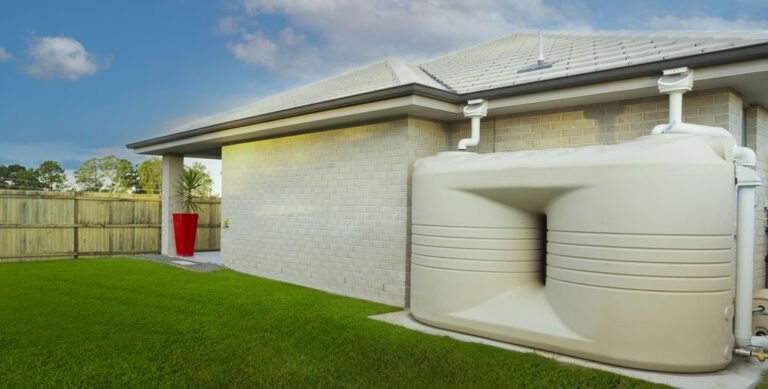Living in Sydney means dealing with a wide range of weather conditions. From dry spells and water restrictions to sudden downpours and heavy rain events, the city’s climate can be unpredictable. That’s why more property owners are investing in rainwater harvesting solutions. But before installing a tank, there’s one important question to answer: what size water tank is right for your property?
Whether you’re after a compact option or something more substantial, this guide will help you make the right choice—especially if you’re considering water containers 1000 litre in size or scaling up to meet whole-household needs.
Table of Contents
1. Understand Your Purpose
Start by identifying how you plan to use the collected water. Different uses will determine the tank size best suited to your needs. Are you watering a small backyard garden, or are you aiming to supply water for toilets, laundry, or even your entire home?
Here’s a general guide:
- Garden use only: 500 – 5,000 litres
- Laundry and toilet flushing: 2,000 – 7,000 litres
- Whole-of-house supply: 10,000 litres and above
If you’re just after a modest setup for hand-watering plants or topping up a pond, water containers 1000 litre in size are often the perfect place to start. They’re compact, easy to manage, and can make a big difference during dry periods without taking up too much space.
2. Measure Your Roof Catchment Area
The size of your roof plays a major role in how much water you can collect. A good rule of thumb is: every square metre of roof can collect 1 litre of water for every 1mm of rainfall. Sydney receives an average of about 1,200 mm of rainfall each year (although this varies across suburbs and seasons).
For example, if your roof measures 100m², you can potentially harvest up to 120,000 litres annually. However, this depends on your tank’s capacity and how much of that water you’re able to store and use efficiently. If your storage is too small, any excess water simply overflows and is lost.
3. Evaluate Your Available Space
Before settling on a specific tank size, assess the physical space available on your property. In urban areas, block sizes are often limited. Fortunately, there are space-saving options like slimline tanks that fit neatly along fences, or under-deck tanks that make use of otherwise unused areas.
Alternatively, a modular approach using multiple 1000-litre water containers placed in strategic locations around your home can offer flexibility. These allow you to expand your storage capacity over time and avoid the need for major plumbing changes during installation.
4. Consider Your Water Usage Patterns
Think about when and how you’ll be using your stored water. If your tank is mainly for gardening, your usage will likely peak in the warmer months—when rainfall is typically lower. That means you’ll need a tank large enough to store water during wetter months to carry you through dry spells.
For internal uses like toilet flushing or laundry, average household demand can be more consistent. In such cases, a mid-sized tank between 2,000 and 5,000 litres is usually adequate for a small household. Be sure to install a mains water backup system to ensure continued water access when the tank runs low.
5. Plan for Sydney’s Climate
Sydney’s rainfall patterns can vary significantly from year to year. Prolonged dry periods can stretch your water supply, while sudden rain events can quickly refill your tank. Choosing a tank that holds enough water for several weeks of typical use will help you manage during times of little or no rain.
Also consider local council guidelines or incentives. Some areas offer rebates for installing larger tanks, especially if they are plumbed into your home’s toilet or laundry systems. These programs can help offset the upfront cost and encourage more sustainable water use.
6. Think Ahead
It’s common for homeowners to underestimate their water storage needs. While smaller tanks offer a lower-cost entry point, many people end up upgrading once they see the benefits. If your budget and space allow, installing a slightly larger tank from the outset can save you from additional costs and inconvenience down the line.
Even if you’re only using the water occasionally at first, having extra capacity means you can expand your usage later—whether that’s washing your car, topping up a pool, or connecting to your washing machine.
Conclusion
Choosing the right water tank size comes down to more than just picking what fits. It involves understanding your property’s collection potential, evaluating your household’s water needs, and thinking through your long-term sustainability goals.
Whether you’re setting up a small garden system with water containers 1000 litre in capacity or looking to supply your entire home, careful planning ensures your tank becomes a reliable and efficient resource. As Sydney continues to experience fluctuating weather and increasing pressure on water infrastructure, investing in a well-sized rainwater tank is a smart, environmentally responsible choice.

